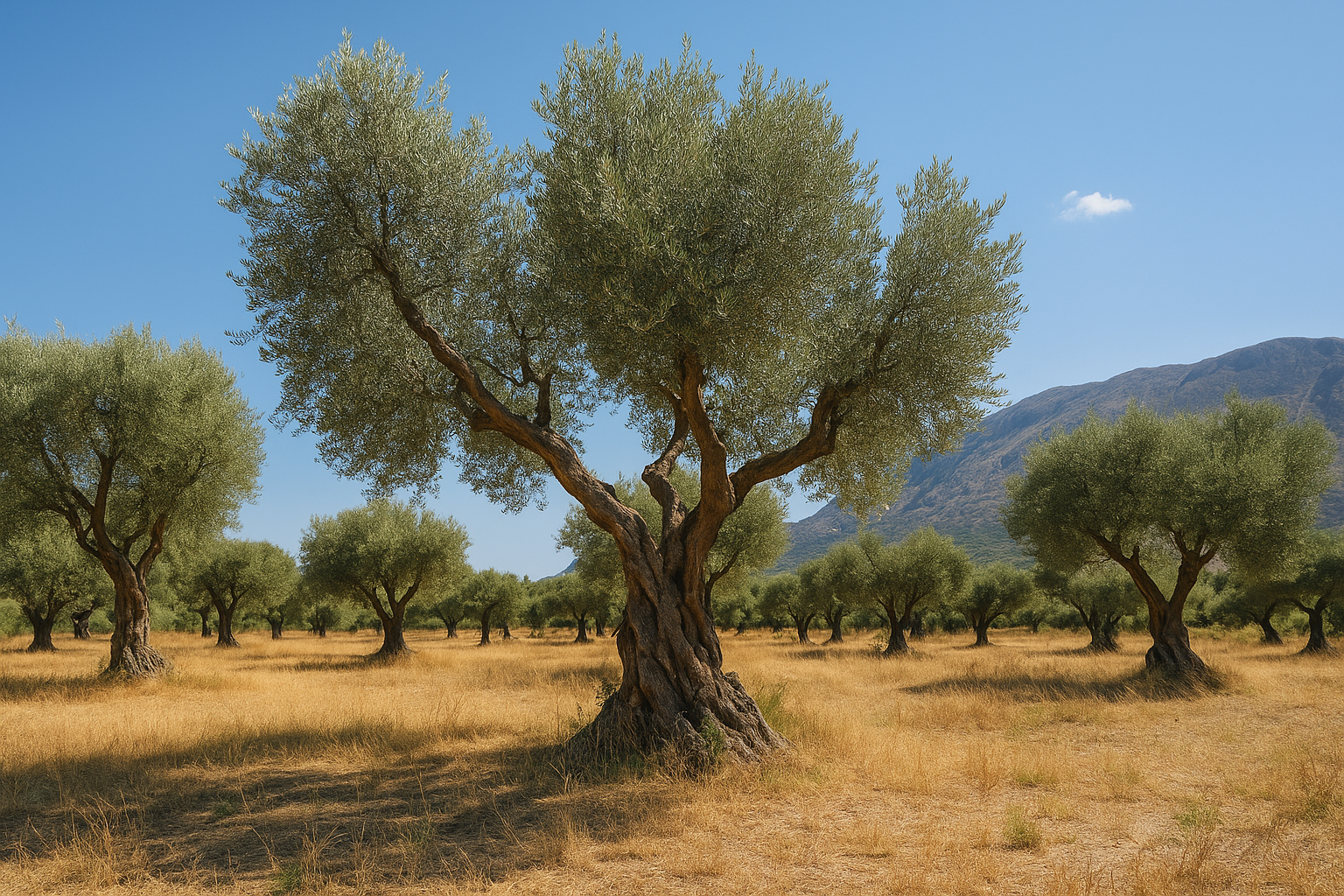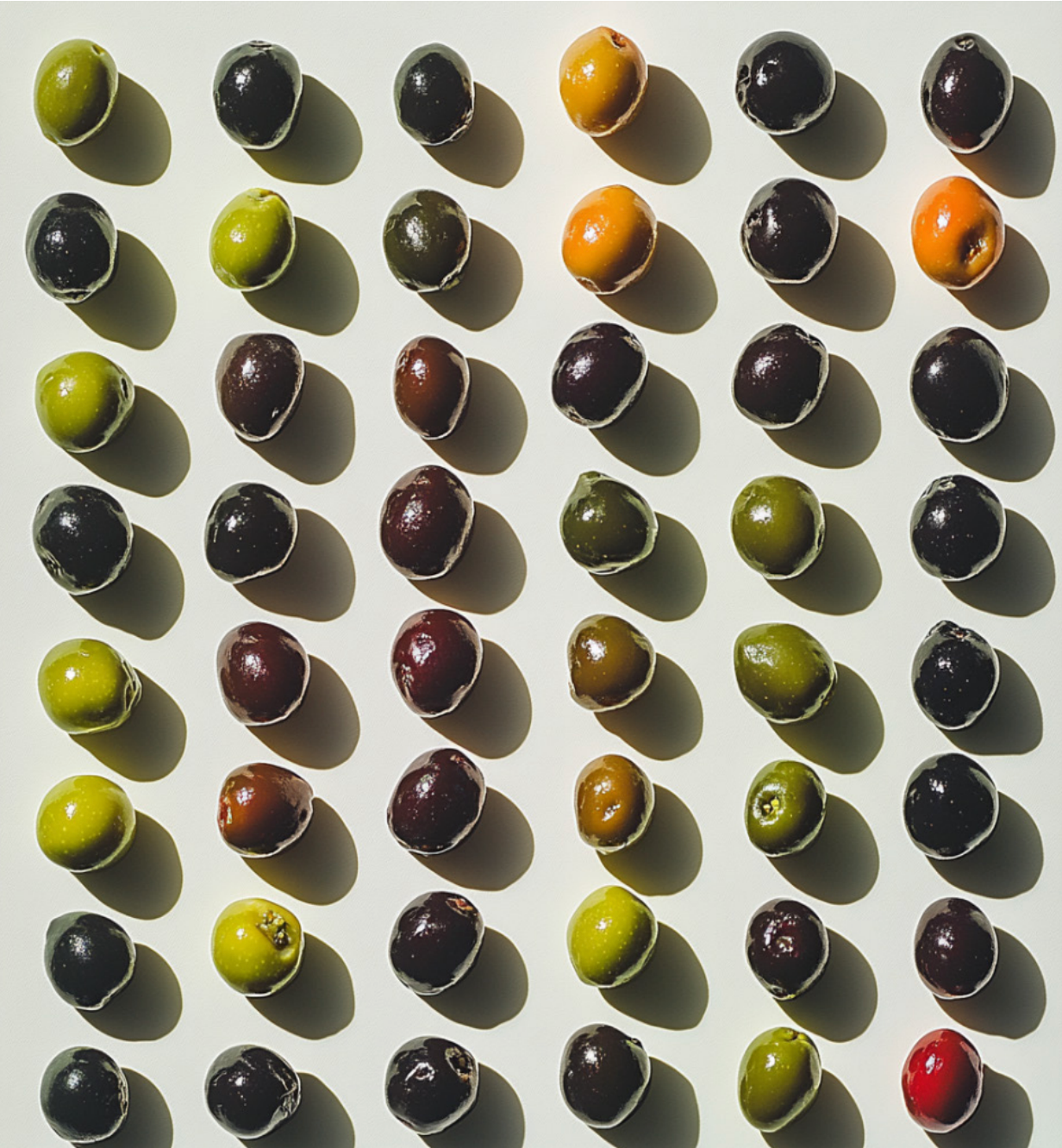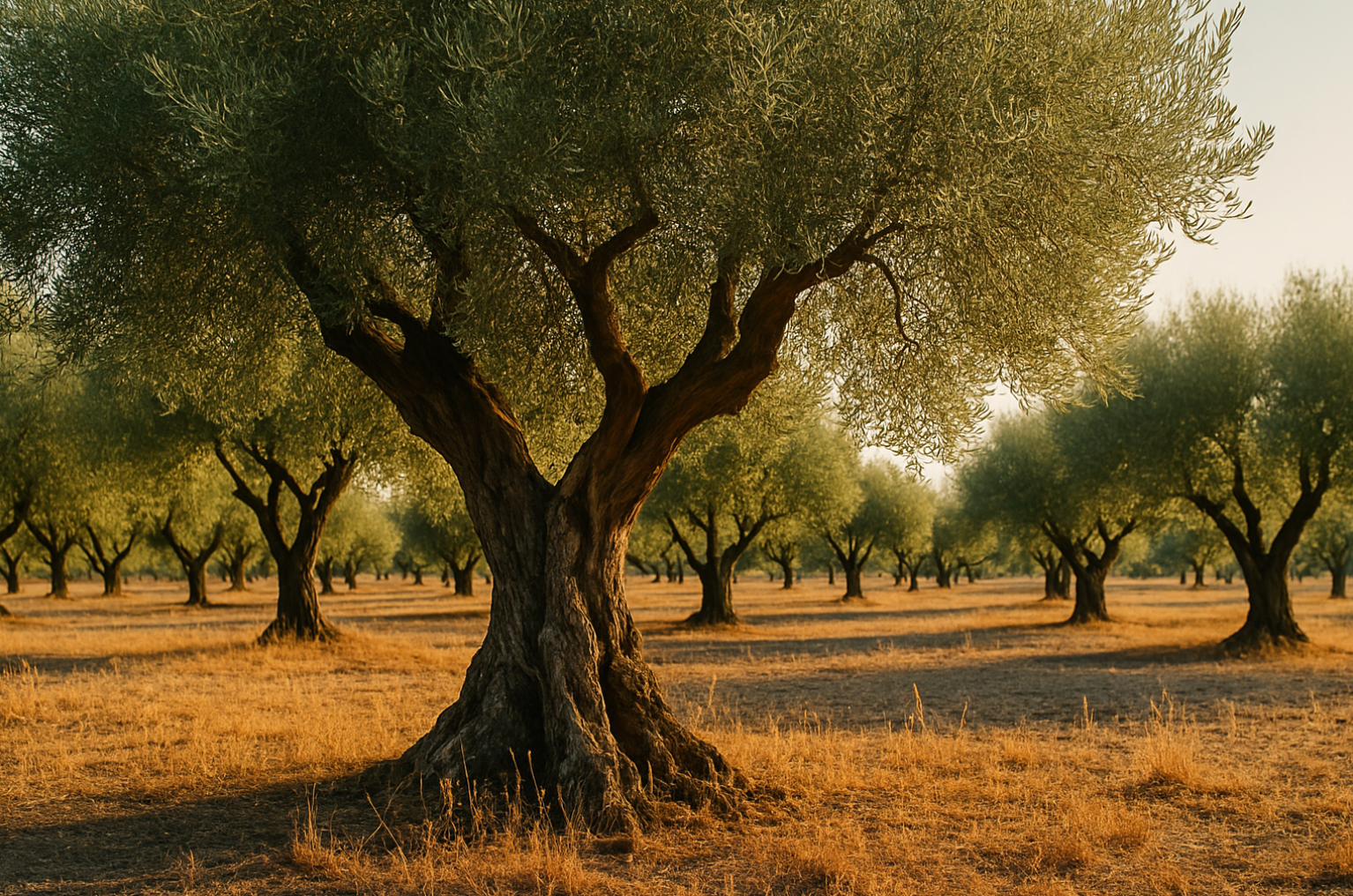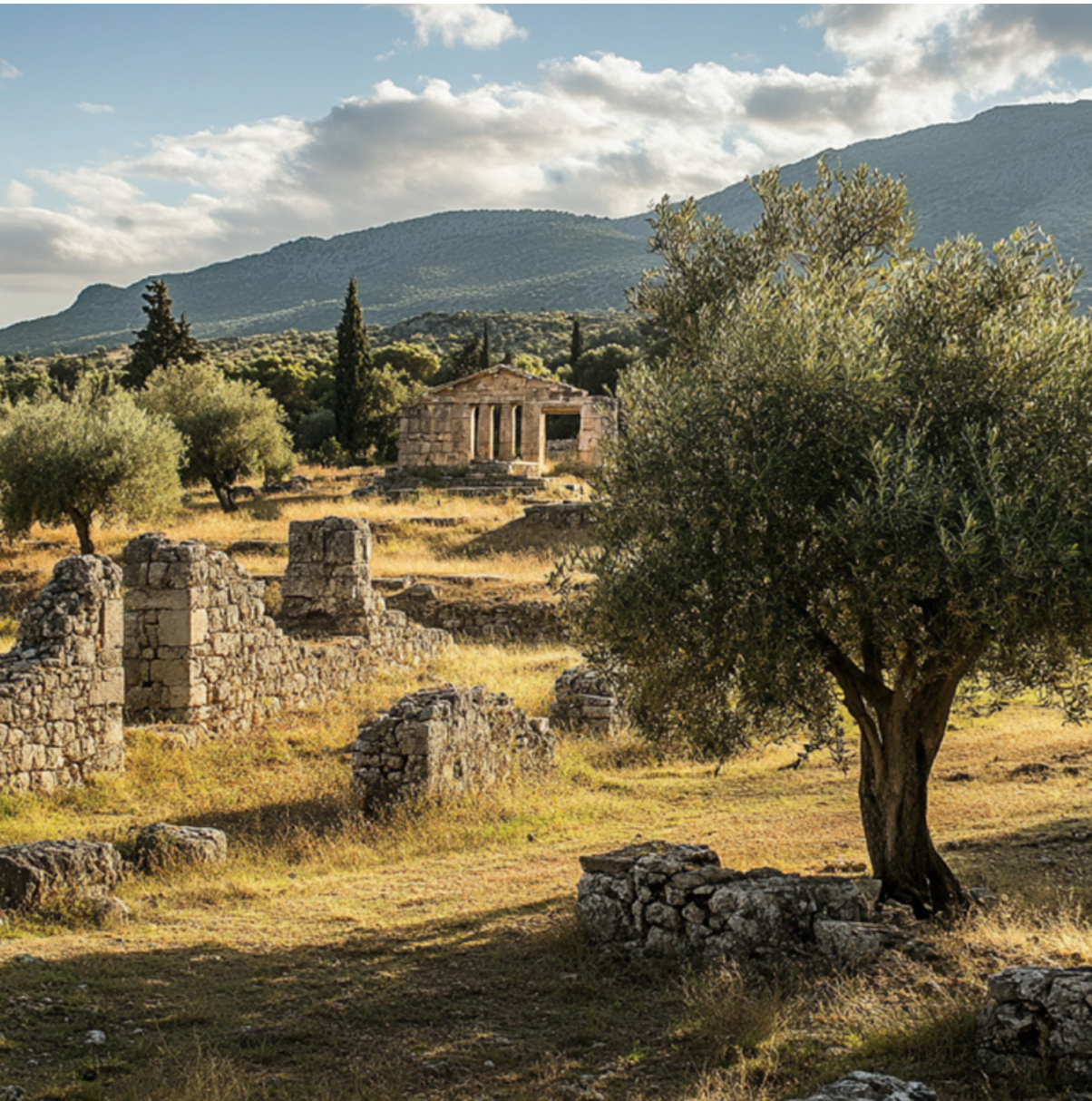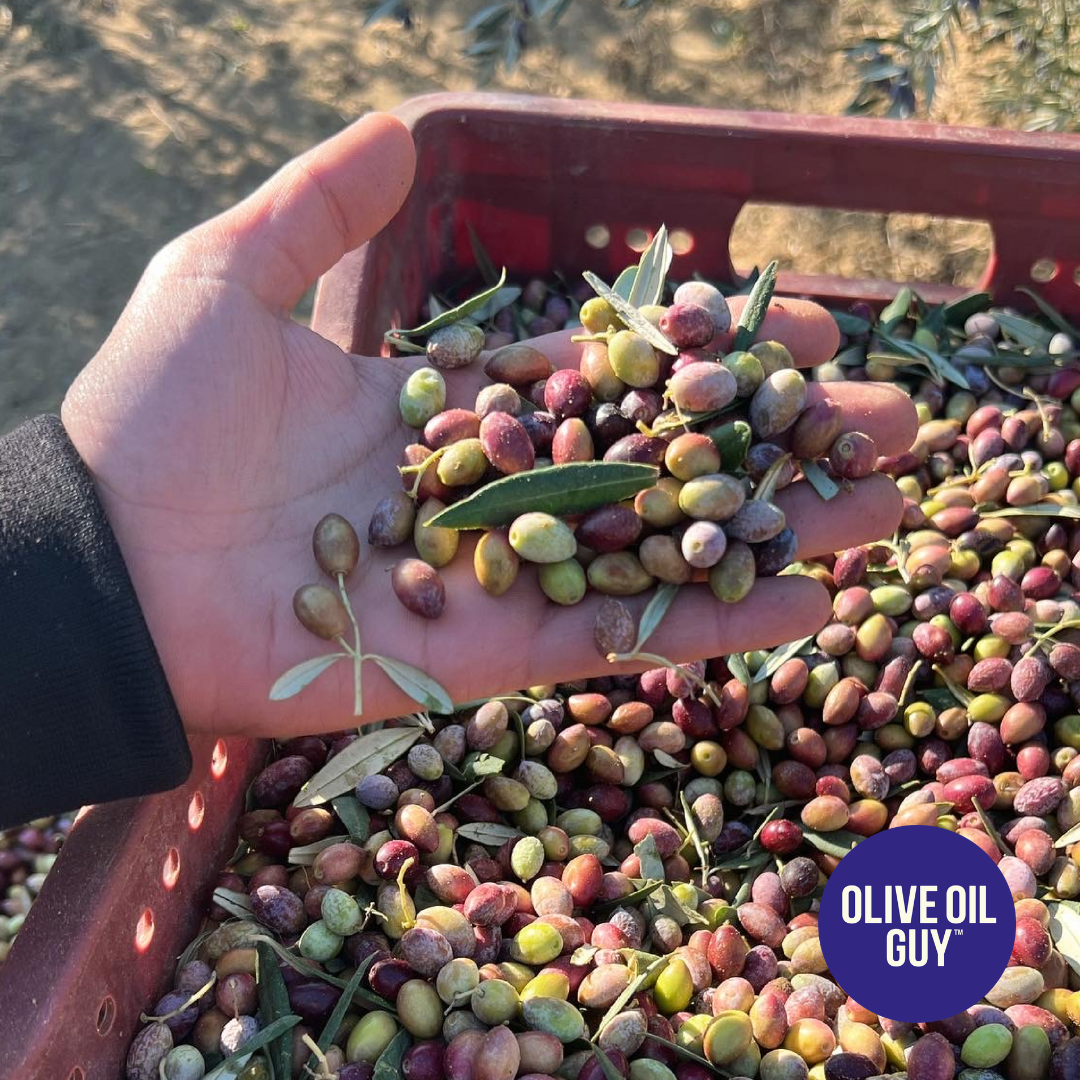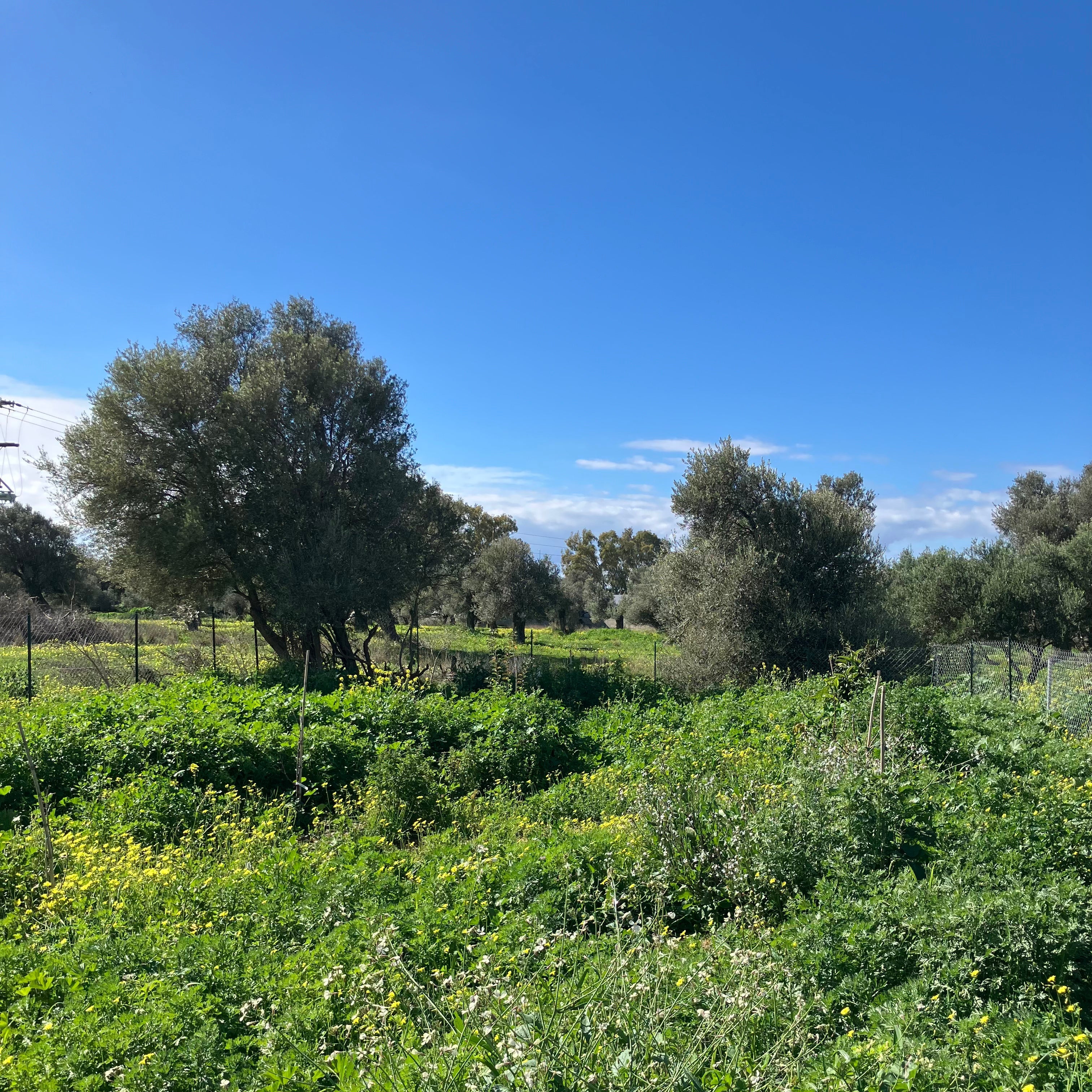 THE DAWN OF OLIVE OIL: TRADING WITH THE PHOENICIANS (1500–300 BC)
THE DAWN OF OLIVE OIL: TRADING WITH THE PHOENICIANS (1500–300 BC)
The story of olive oil doesn’t begin with grocery shelves or recipe books. It begins on the water — carried in clay jars across sun-warmed seas, in the hands of a people who understood its value long before we gave it labels.
That people? The Phoenicians. Seafarers, merchants, cultivators. The ancient masters of Mediterranean trade. As early as 1500 BC, these coastal communities from what is now Lebanon were already sailing from port to port, oil aboard. And they weren’t just carrying a product. They were spreading a way of life.
Phoenician Trade Networks: Carriers of Liquid Gold
The Phoenicians built one of the earliest and most influential trading empires in the ancient world. From the Levant to North Africa, from Cyprus to Sicily, their ships connected the Mediterranean like a web. And at the heart of this network was olive oil — a substance as precious as gold, and far more useful.
They introduced olive oil to societies that would become iconic in their own right: the Greeks, the Egyptians, the Iberians. They didn’t just sell it — they embedded it into new cultures. They transported the oil in amphorae: large, ceramic jars specifically crafted to protect the oil from heat, light, and movement. These weren’t just containers — they were the ancient version of climate-controlled, branded packaging. And they worked.
Cultivation and Spread: Olive Trees Along the Coastlines
But the Phoenicians didn’t stop at trade. They planted groves. As their ships docked and settlements rose, olive trees took root. From Tunisia to Sardinia, from Malta to Spain, the olive began to grow far from its origin.
These weren’t just business moves — they were agricultural investments that shaped the landscape for millennia. Some of the world’s most celebrated olive-growing regions today owe their trees to Phoenician hands. Their legacy isn't just in archives — it’s in orchards still bearing fruit.
Cultural Significance: More Than Just Oil
In these ancient societies, olive oil quickly became more than food. It was a medicine used to treat wounds and soothe the skin. It was a light source, burned in lamps to illuminate homes and temples. It was used in rituals, from religious anointings to funerary rites. It was rubbed into warriors before battle and newborns after birth.
It became a symbol — of wealth, of vitality, of sacred order. And from this era came one of the olive tree’s most powerful symbols: the olive branch, extended in peace. In a time of conquest and war, it was olive oil that taught us the value of calm and continuity.
Why This Chapter Still Matters
Today, we talk about “premium” and “cold-pressed” and “first harvest.” But before any of that, there were traders who believed this product was worth sharing — and civilizations that built their daily lives around it.
At The Olive Oil Guy, we’re standing on those shoulders. Every tin, every harvest, every grove we visit or bottle we ship — it all traces back to this moment: when olive oil became a thread connecting people, cultures, and time.
This was just the beginning. And it’s still not over.
– Mazen

